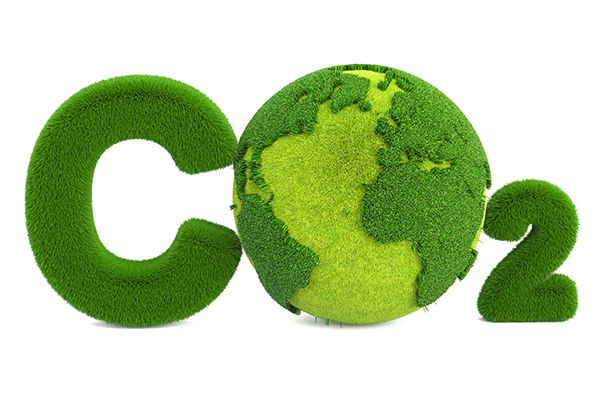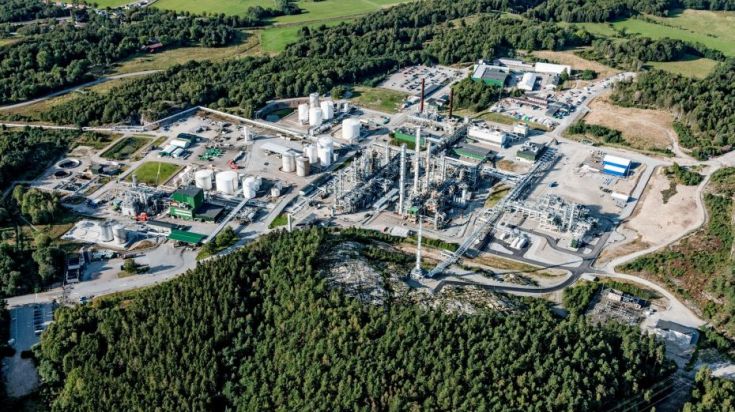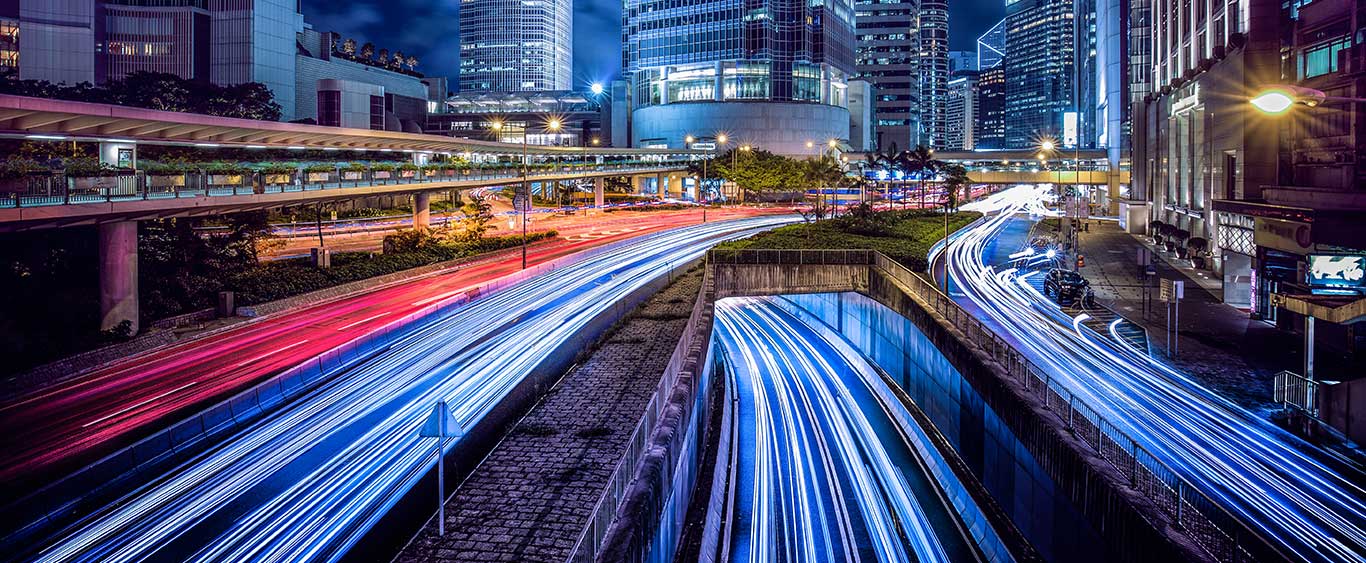Huawei has released its “3+1” Green Target Network concept at the Global Mobile Broadband Forum 2022 (MBBF2022), with a presentation by Aaron Jiang, President of Huawei’s SingleRAN Product Line. Under the new setup, “1” refers to an energy efficiency metric system, and “3” refers to the three fields of focus: green devices, sites, and networks. The new concept is designed to help operators build low-carbon and high-performing 5G networks that attract more traffic given the same amount of energy consumption.
Founded in 1987, Huawei is a leading global provider of information and communications technology (ICT) infrastructure and smart devices. We have approximately 195,000 employees and we operate in over 170 countries and regions, serving more than three billion people around the world.
According to Huawei; The focus of green development in the communications industry is expected to shift from reducing energy consumption to improving energy efficiency. Multi-dimensional energy efficiency metrics cover both network performance and energy saving, and help operators manage carbon emissions reduction while guiding them towards target networks that feature optimal performance and energy efficiency. The International Telecommunication Union (ITU) has put multi-dimensional energy efficiency metrics in the proposed list of items to be included in its standards system, and plans to update the standards system in H1 of 2023.
3 energy saving layers allow for green and efficient 5G networks:
Super Deep Dormancy enables 0 bits and 0 watts
Huawei has long sought to bolster device energy efficiency and bit-driven watts. It has developed enhanced AAUs, which seek to achieve 0 bits and 0 watts via Super Deep Dormancy, while ensuring reliable, more energy-efficient running over the long haul.
GreenSite 2.0 enables intelligent linkage based on site-wide sensing to maximize energy savings
Huawei is the first in the industry to achieve intelligent linkage between services and site auxiliary equipment with its GreenSite 2.0 solution. This solution perceives information of site auxiliary equipment in a multi-dimensional way, as accounting for power supply, temperature, and antenna, and adjusts these variables based on service changes. Intelligent service-temperature linkage is a representative example. GreenSite 2.0 allows for the air conditioner temperature to be adjusted in real time based on service load, which saves more than 15% of site energy.
iPowerStar doubles network energy saving with enhanced intelligence
Network performance requirements may vary by time, scenario, and service type. Huawei’s iPowerStar supports dynamic energy saving on complex networks, based on customer-intent-driven intelligent orchestration of energy saving policies, real-time optimization of energy saving parameters, and millisecond-level switching responses for energy saving resources. For quad-band networks, iPowerStar supports all-day energy saving that is twice as effective, compared with traditional solutions, and can help customers reduce energy consumption by 30% while meeting network performance requirements.
Aaron Jiang said, “Energy saving is an ongoing topic in the ICT industry. Improving energy efficiency while meeting service development requirements is the key to building low-carbon networks. Huawei will continue to develop innovative green solutions and promote their adoption on commercial networks, to help operators build green 5G target networks.”
Discover more from Green Innovation News
Subscribe to get the latest posts sent to your email.





